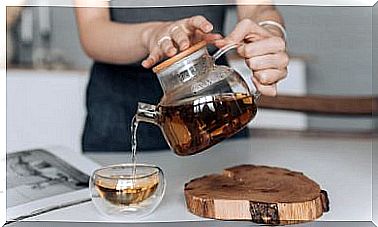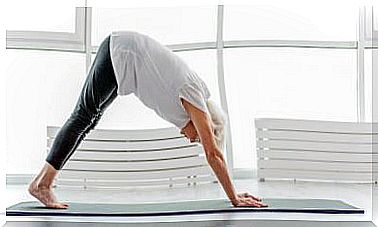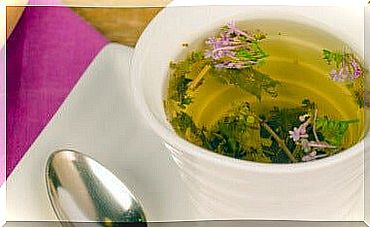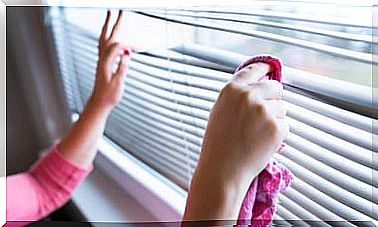Athlete’s Foot Or Foot Fungus: How To Combat It?
To avoid fungi it is very important to take extreme hygiene of the feet, as well as to keep them dry. To avoid possible sources of infection, we will use flip-flops in public areas, such as swimming pools or showers.

Foot fungus, also known as athlete’s foot, is an infection that usually develops mainly between the toes, the heel, and the plantar area. It is one of the most common fungal diseases, caused mostly by dermatophyte fungi.
These microorganisms are contagious and tend to grow easily in warm, humid conditions. For this reason, they often occur in athletes or people who wear closed shoes and non-breathable materials. Can they be fought naturally?
Although at present there are several topical treatments that facilitate its elimination, as an option, several homemade preparations can be applied. In any case, always remember to go to a professional and ask any questions before applying any treatment on the skin, each person is different and may need a personalized treatment.
Here are some general aspects of the infection and the best options to accelerate its relief.
Causes of foot fungus and risk factors
Foot fungus is caused by the same type of fungus that causes jock itch. These microorganisms tend to develop in hot and humid conditions, such as those found in some types of footwear. Other risk factors include:
- Having contact with an infected person
- Being in contact with contaminated surfaces
- Wearing contaminated shoes or socks
- Walking barefoot in public spaces, such as swimming pools, showers, or locker rooms
Athlete’s foot symptoms
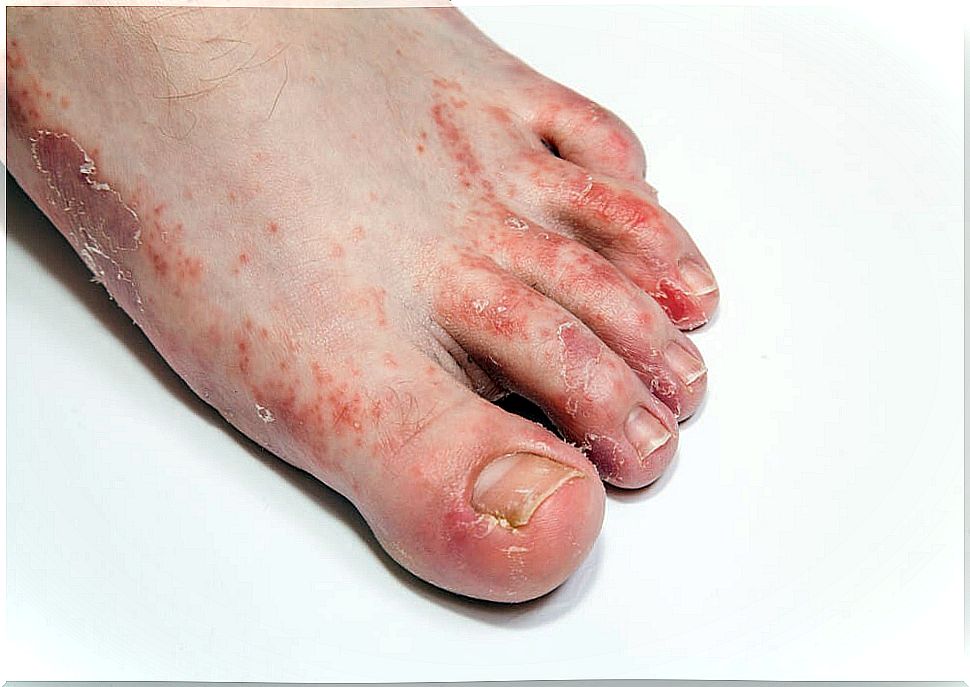
The main symptom of athlete’s foot or foot fungus is an itchy sensation that is often made worse by removing your shoes and socks. It also produces a reddish-looking scaly skin rash. Other clinical manifestations include:
- Cracked skin between the fingers, accompanied by a burning sensation.
- Appearance of blisters that may be accompanied by redness around it.
- Strong and unpleasant odor.
- Discolored, thick and crumbly feet.
- Yellowish toenails.
How to combat foot fungus or athlete’s foot?
Medical treatment for foot fungus usually includes over-the-counter topical antifungals, such as miconazole (Desenex) or clotrimazole (Lotrimin AF) . In some cases, the doctor may also suggest oral medications.
However, as an alternative or complement to these, a number of natural remedies are available that give interesting results. In the following space we share the most effective ones.
Hydrogen peroxide
Thanks to its antifungal and antimicrobial properties, hydrogen peroxide is an effective ally for skin infections. Its regular application fights fungus on the feet and notably improves the appearance of the skin. It is rubbed directly on the affected area, twice a day.
Tea tree oil
There is scientific evidence that tea tree essential oil can be effective in treating athlete’s foot. Thanks to its essential oils, it fights fungi, viruses and bacteria. To use it, it should only be mixed with another oil, or diluted in water.
Neem oil
Neem oil and extracts from its leaves have antifungal properties that can be used to treat foot fungus. Therefore, its direct application on the affected area is recommended, two or three times a day.
Raw garlic

Although it does not have the most pleasant smell, garlic is one of the best home remedies to eradicate athlete’s foot. Its components inhibit the growth of microorganisms and stimulate skin repair. Crush a raw garlic clove and rub it on your feet, twice a day.
Tips to prevent athlete’s foot
Athlete’s foot is a highly contagious infection that is difficult to eliminate, and reinfections are often unavoidable. For this reason, prevention is very important. This is mainly focused on avoiding contact with sources of contagion.
- Good foot hygiene is essential. They should be washed daily with soap and water, especially between the fingers, and dried thoroughly afterwards. They should always be washed after exercising or any activity that involves excess perspiration.
- In public areas such as showers or swimming pools, sandals should be worn and avoid contact with wet ground.
- The grooming utensils for the feet or those that we use to cut nails should not be shared.
- The use of suitable footwear is essential. It should be footwear that breathes, preferably leather, avoiding plastic coatings.
